
Lot 7
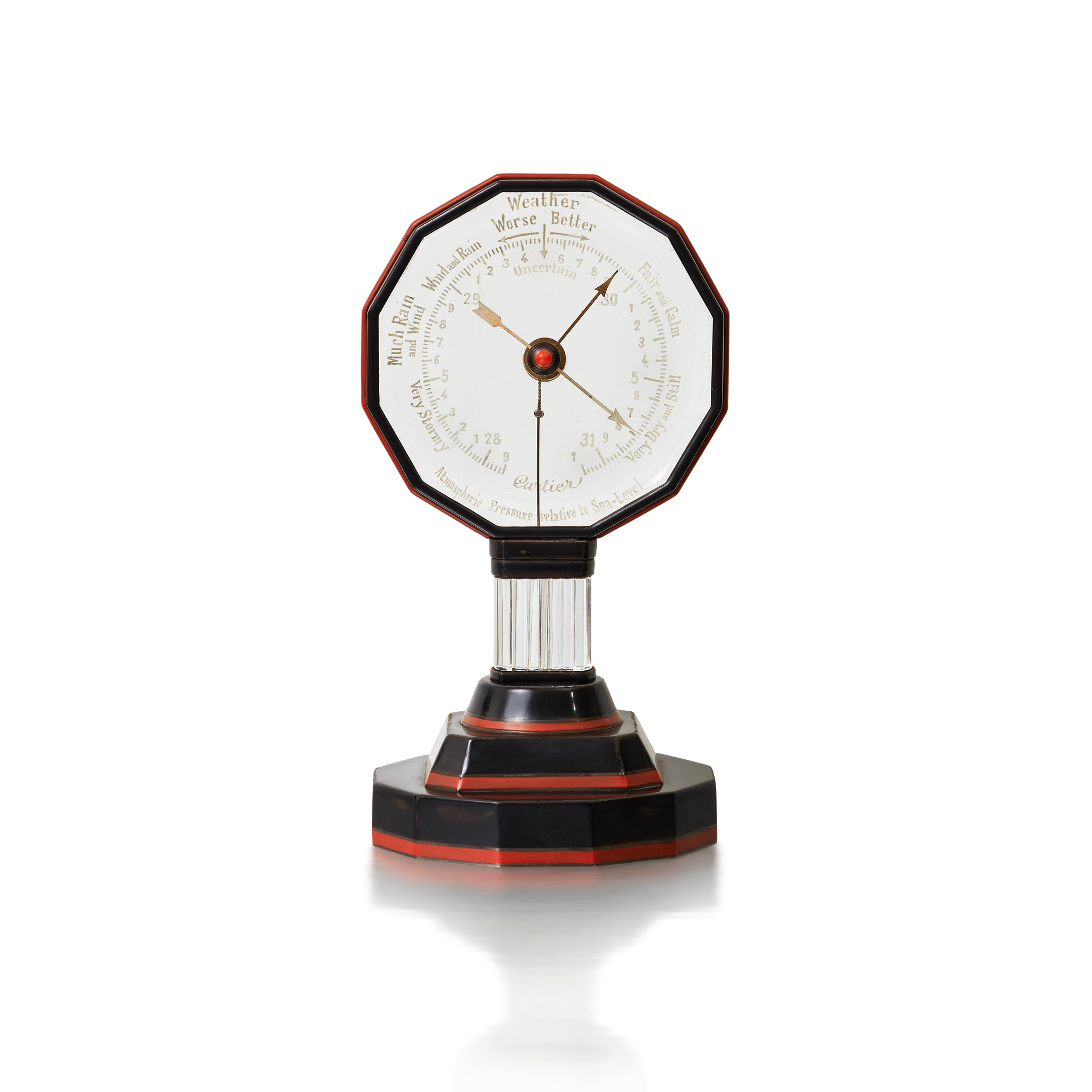
Cartier: A rock crystal, silver, corallium rubrum, black and red lacquer demi-Mystery barometer Y
Almost certainly unique. No. 2725, 1930
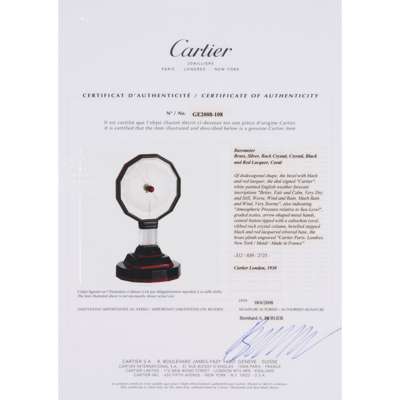
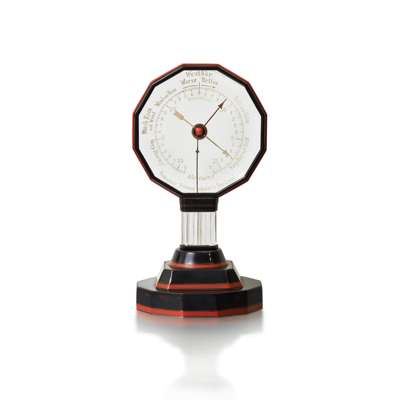
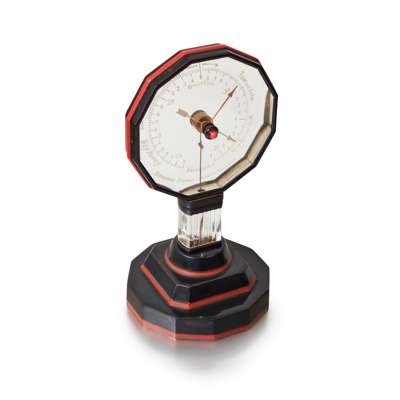
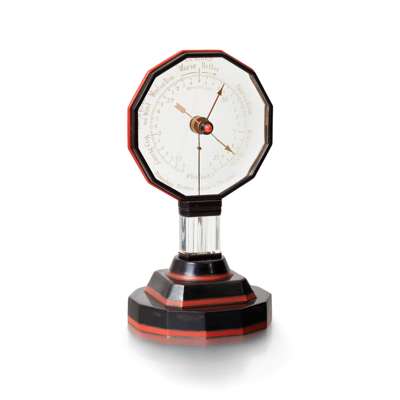

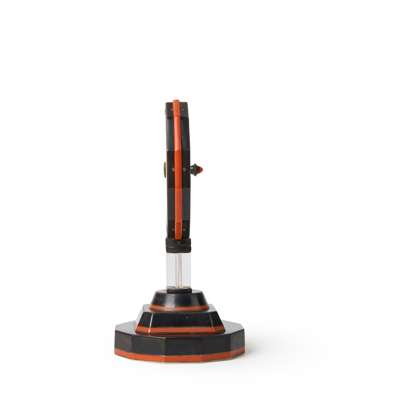
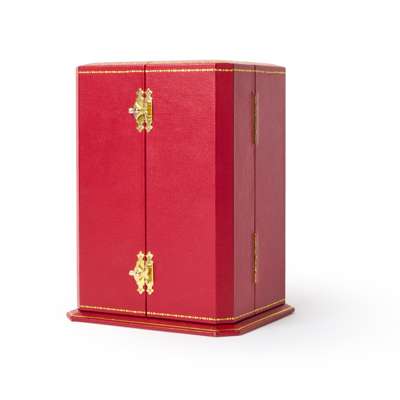
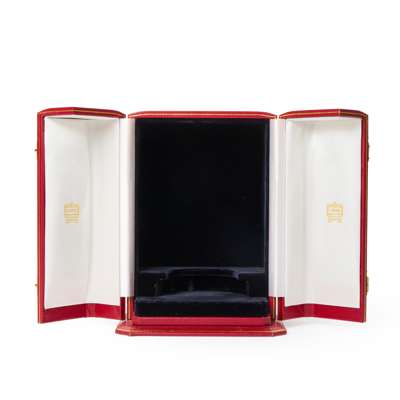
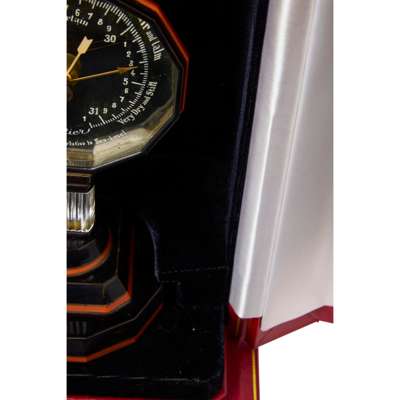
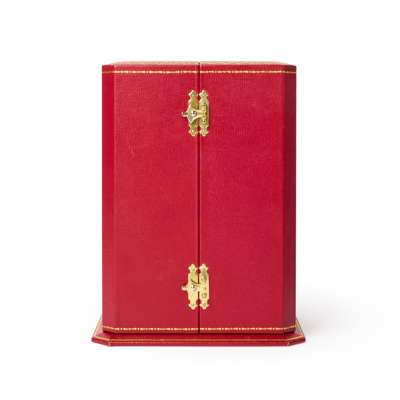


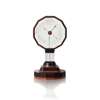
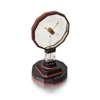
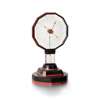
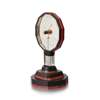
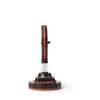
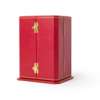
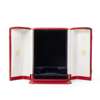
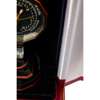
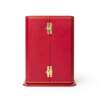
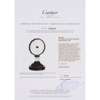
Auction: 29 April 2025 from 14:00 BST
Description
Dodecagon shaped transparent dial with barometer readings in white, titled ‘Weather, Worse-Better' with relevant arrows, further signed ‘Atmospheric Pressure relevant to Sea-Level’, central recording hand set via a coral corallium rubrum cabochon, atmospheric pressure displayed via a central hand connected via a chain through a rock-crystal pedestal to the aneroid barometer movement within the base. Brass bottomplate, black and red lacquer base and upper edge. Dial signed, baseplate signed Cartier Paris Londres New York, Made in France, and numbered. Height 15.2cm
Accompanied by a later fitted case as well as a Cartier Certificate of Authenticity signed by Bernhard A. Berger stating that the barometer is a genuine Cartier item, sold by Cartier London, 1930. Certificate dated 2008.
Footnote
Although Cartier mystery clocks are exceedingly rare and highly sought after, very few barometers are known to have been made. An almost identical example, very possibly the twin of this version, in the same design except with black dial text in French, was sold by Christie's in 2011.
Following the early success with the Santos wristwatch, Louis Cartier began to focus more on the creation of wristwatches and clocks. In 1911 he hired Maurice Couët with whom he would go on to design and manufacture some of the most innovative clocks ever made.
Louis’ idea for the “Mystery Clock” was a transparent clock where the hands seemed to hover in mid-air devoid of an elaborate dial. It took over a year for the Parisian workshop to create a clock Louis was happy with. The first models appeared in 1912. They mystery of how they worked was a such a closely guarded secret that even the Cartier sales team were not informed; hence their genuine wonder was communicated to potential buyers. Couët's team used fine rock crystal to created the see through dial and placed the mechanism in the base. By dedicating a whole year to the creation of an item, the final cost was understandably substantial. Unsurprisingly then J.P. Morgan, the American financier and banker, was one of the first to buy the new creations.
The technical difficulties of adapting a clock housing to suit the functionality of a barometer were notable and could explain why this example is a “demi mystery” with a thin line visible connecting the hands to the base. Cartier sourced barometer components from Europe to fit into the form of the mystery clocks being made at this time.
This particular barometer follows the form of the second type of clocks made. “The second type, with a central axle and a dial that was often hexagonal in shape… was made from 1920 to 1931.” see Chapman, Martin, Cartier and America, the Fine Art Museums of San Francisco, 2009, page 147. Therefore it's plausible to suggest this barometer was made in the Couët workshop.






















